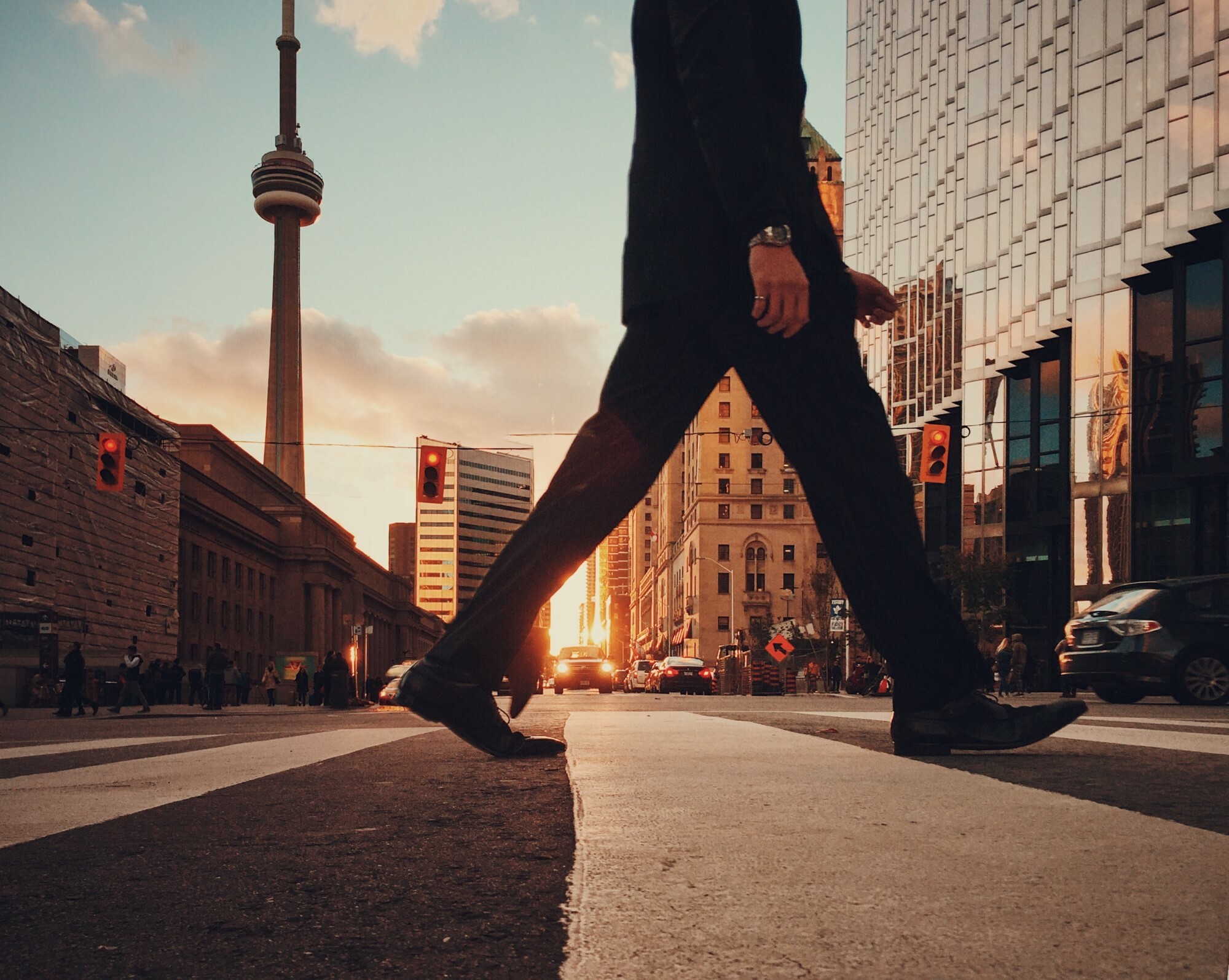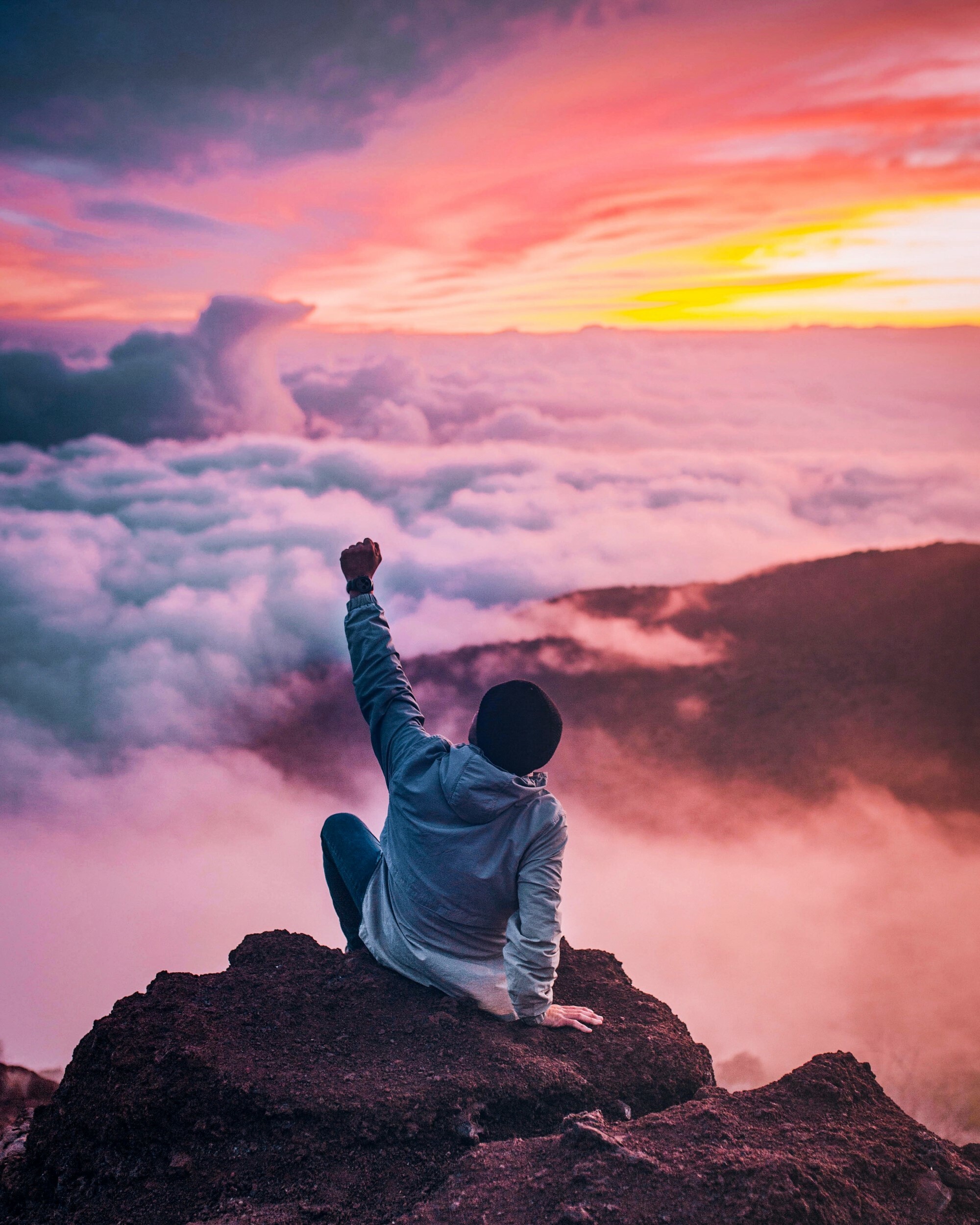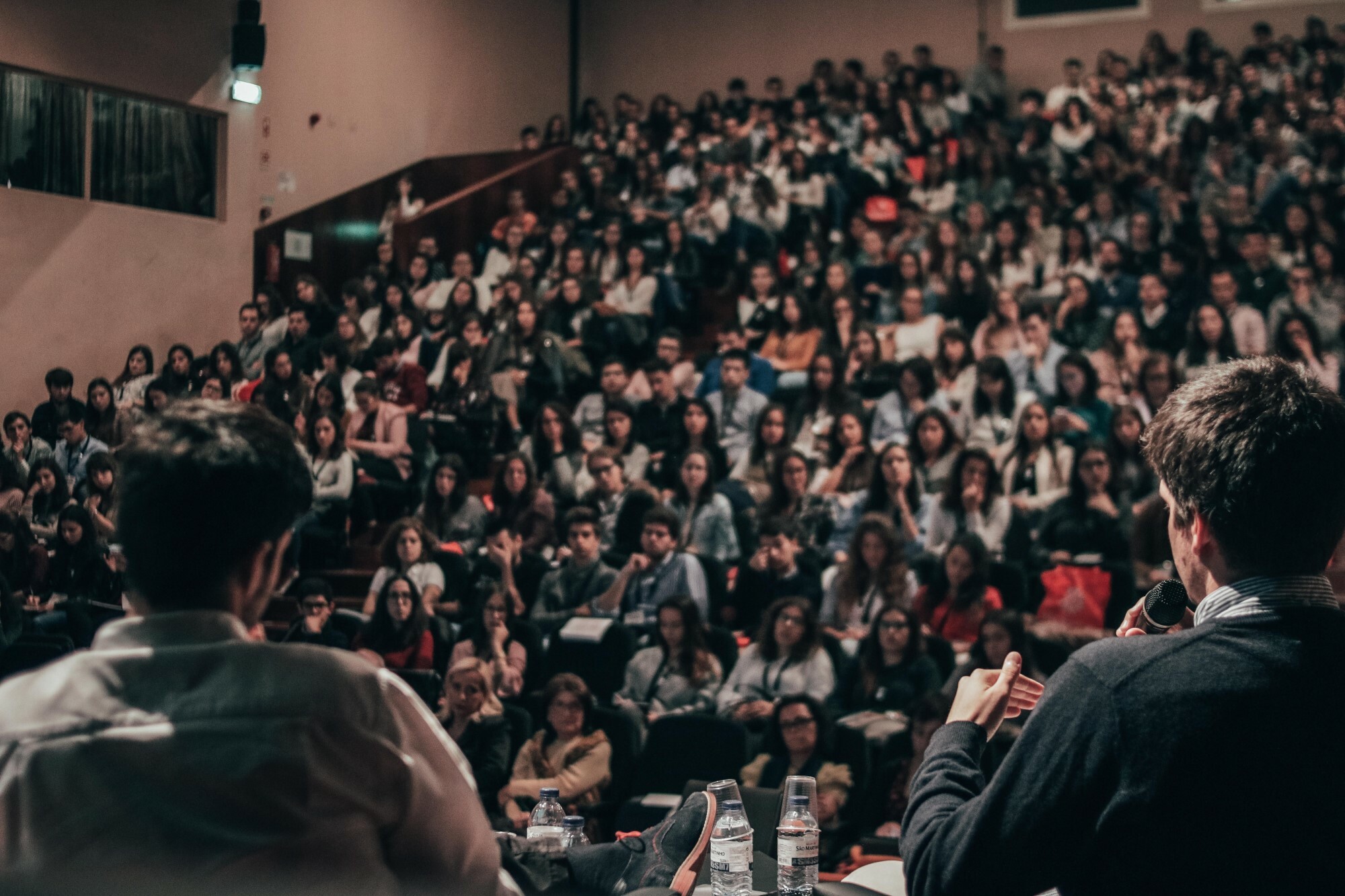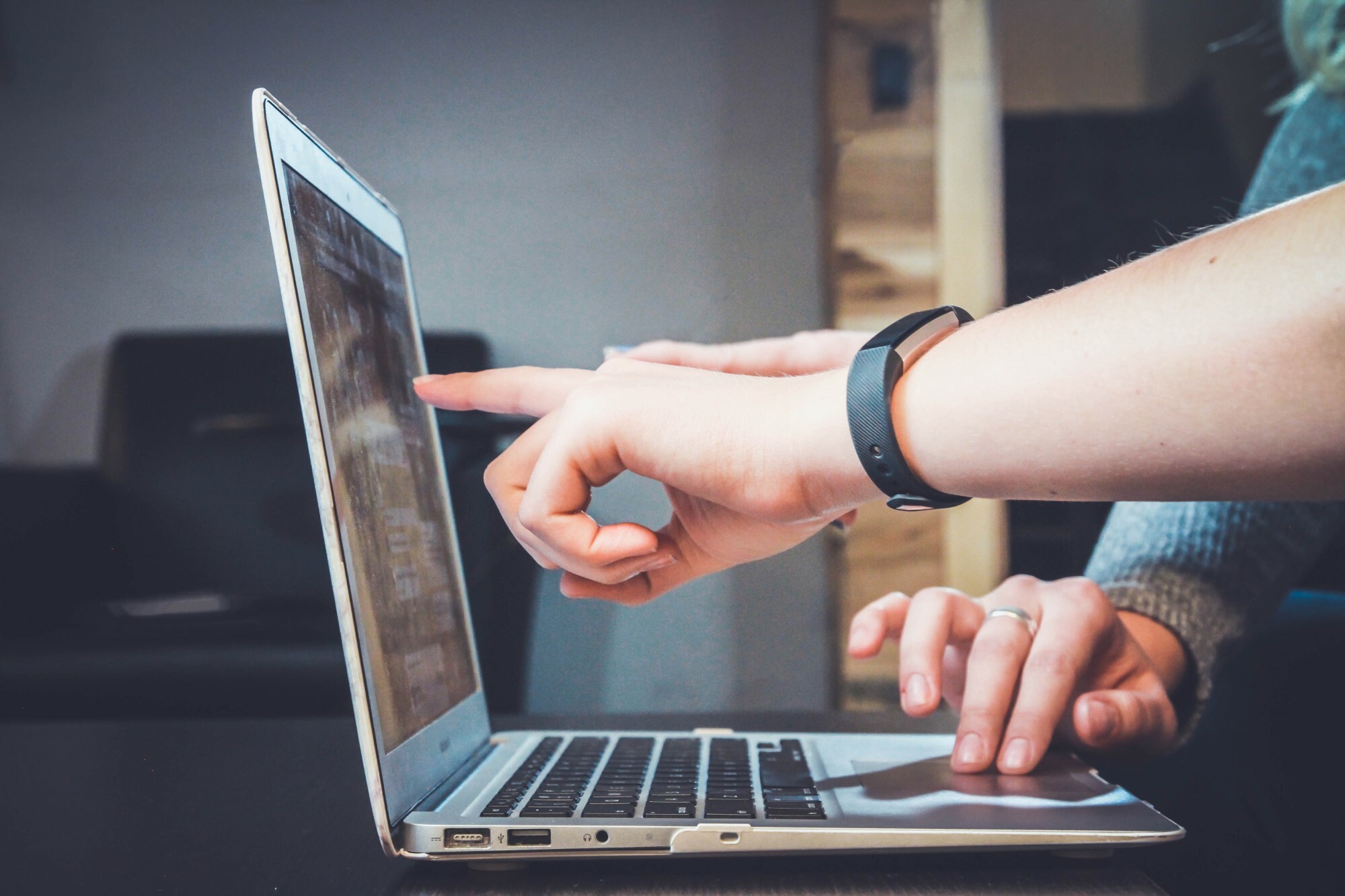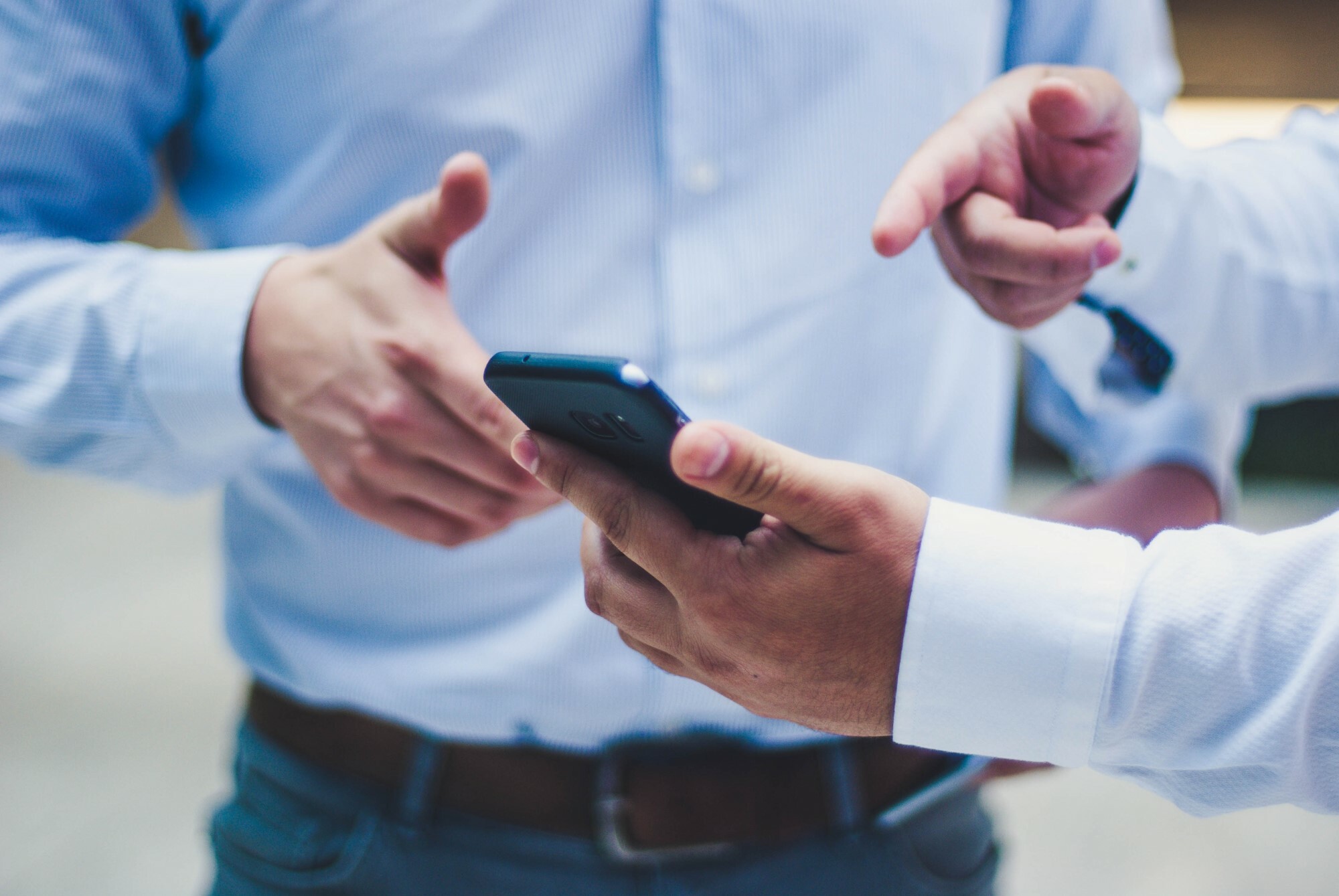This activity is designed for use with one or more small groups. Some of the content is sensitive in nature. It takes 35 to 40 minutes.
Consider whether the notes and activity materials are appropriate for the young people you are working with, given factors like their age and stage of development.
Aims
- To encourage and support young people to critically reflect on how privilege and discrimination impact people in Australia.
- To consider how some young people experience more frequent, more severe and unique forms of discrimination or disadvantage because they are members of multiple groups facing structural oppression.
Learning outcomes:
At the conclusion of this activity, participants should:
- Reflect on how privilege and discrimination impact young people in Australia
- Understand how some young people experience more frequent, more severe and unique forms of discrimination or disadvantage because they are members of multiple groups facing structural oppression
- Appreciate their privileges in life and understand that not everyone has the same experiences of privilege
- Understand that they can be both privileged and oppressed.
Time required
- Allow 35-40 minutes.
- Remember to allow time to establish a group agreement or to reaffirm an existing group agreement.
Materials
- Laptop and screen with audio
- What is privilege? – the privilege walk video
- Print outs or PDF's of the privilege walk questions. You can download the questions as a handout here.
Instructions
Step 1: Introduction
Duration: 10 minutes
1. Introduce the session and let participants know the session will explore the ways everyone in society experiences different forms of privilege and oppression. Privilege is an unearned benefit, opportunity or advantage given to someone because of one or more facets of their identity – including but not limited to race, religion, gender, sexuality, class/wealth or ability.
2. Acknowledge that some of the content in the session may feel very personal, and that you encourage participants to only share what they feel comfortable to.
3. Ask them to especially consider what they think the activity means for young people as they watch the video and do the exercise.
4. Let them know you will start the session by running an activity based on a video from BuzzFeed – What is privilege? – which shows a privilege walk activity.
The privilege walk visually illustrates how privilege – or lack of it – can affect the way our life unfolds.
In the privilege walk, participants take a step forward or backward, or remain in the same spot, based on how they relate to the 35 circumstances illustrating privilege and oppression. (downloadable here)
Step 2: Discussion and reflection
Duration: 20 to 30 minutes
- The next step is to play the video. You can print and hand out copies of the Privilege Walk questions for participants to review while viewing the video. As with the activity, cast members take a step forward or backward, or remain in the same spot based on their response to the 35 questions posed. The cast members were chosen to represent Australia’s diverse population.
- After watching the video, ask participants to split into pairs and share their reflections on the video. Remind them that they have copies of the questions asked in the video if they want a reminder.
- Bring participants back as a large group. Facilitate discussion, drawing on the following questions:
- How did you feel after viewing the video?
- Had you made any assumptions about who would remain behind and who would move forward?
- Were there statements that surprised you? Were there things identified that you hadn’t previously thought made someone privileged?
- How has your perspective changed and how will it affect your decisions in the future?
- How can we change the way power is shared in our society so that everyone can share the same opportunities and benefits?
- Are there any other reflections people would like to share?
Step 3: Wrap up and summary
Duration: 5 minutes
1. Summarise the key points from the session:
- Some young people experience more frequent, more severe and unique forms of discrimination or disadvantage because they are members of multiple groups facing structural oppression.
- Privilege is an unearned benefit, opportunity or advantage given to someone because of one or more facets of their identity – including but not limited to race, religion, gender, sexuality, class/wealth or ability.
- Emphasise the objective of this activity was not to assess who is the most privileged or the most oppressed, rather, it was to help people reflect on experiences of privilege and oppression.
- Privilege is often ‘invisible’ to those who have it. We tend to only notice when privileges are taken away from us.
- You can be both privileged and oppressed, depending on the context, and these experiences do not cancel each other out.
- Privileged groups have power over oppressed groups, whether they want that power or not.
2. Emphasise that any privilege we hold does not have to define who we are, but we have control over our actions and responses to recognising our privilege. Encourage participants to be constructive and take action to share power more equally.

